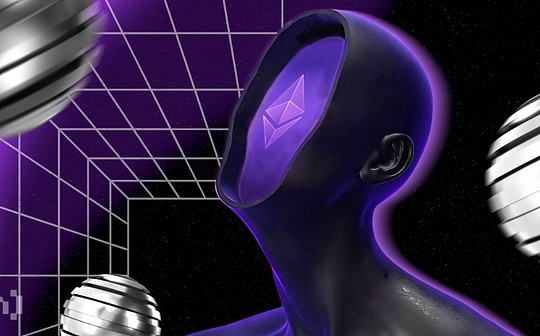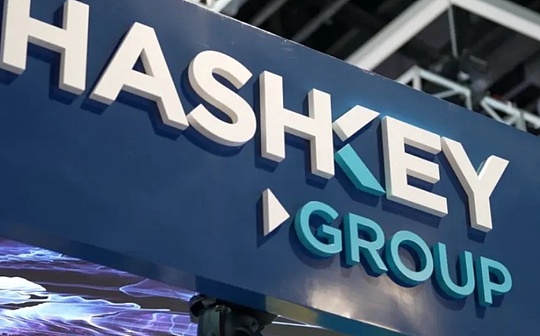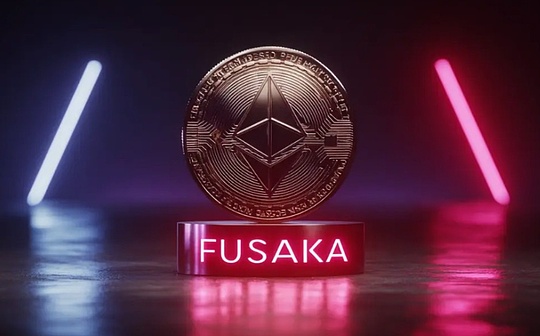
Author: 0xnatalie Source: Chainfeeds
The views and behaviors of some members of the Ethereum Foundation have recently fallen into controversy.First of all, on May 16th, Péter Szilágyi, a member of the Ethereum Foundation, released his views on the current Ethereum problem solutions on Twitter.He believes that some of the current solutions do not fundamentally solve the problem, but to democratize the problem and eliminate protest sound through interest distributionEssenceThis view has triggered a heated discussion, especially with the viewers of the Ethereum Foundation Researcher Dankrad Feist, and the two sides have launched a fierce debate.
Immediately after, on May 21st, Dankrad Feist announced that he became Eigenlayer’s consultant with the Ethereum Foundation Researcher Justin Drake to obtain millions of dollars of token inspiration, which once again caused questioning and discussion of the community.As members of the Ethereum Foundation, they participated in external projects with potential interests with Ethereum and accepted the project token inspiration, which could not help but make the community doubt their position and view of views.
Researcher and engineer confrontation
MEV problem processing
Péter Szilágyi is the core member of the Ethereum Foundation and the most important person in which Ethereum’s most important execution client Geth is developed.Dankrad Feist is also a researcher and core member of the Ethereum Foundation. Danksharding is named after Dankrad Feist.
One of the focus of Peter and Dankrad Feist is about MEV.Peter criticized the current way to solve the MEV problem.Peter believes that MEV was originally a kind of attack on Ethereum, but this problem was regarded as resolved by sharing income with enough stakeholders.The Ethereum ecosystem has changed to the traditional financial system and eliminates protest sound to MEV by distributed benefits to some specific groups.He was worried that this approach would lead to more centralized Ethereum.
Dankrad Feist believes that it is not easy to solve the MEV problem.MEV is a fact that cannot be completely eliminated because it is an inevitable product of useful and valuable protocols on the chain.He specifically mentioned why the development of MEV-Boost was promoted: before the Merge, in order not to harm the interests of independent pledges, a more balanced mechanism was needed to deal with MEV.If there is no flexible solution for liquid pledges, the large pledge pool will get higher benefits than independent pledges, which may force independent pledges to withdraw.Before a better solution, instead of delaying merger or “destroying” independent pledges, it is better to promote the development of MEV-Buost.
State Growth problem
In addition to the MEV issue, they also debated the topic of state growth.With the increase of transactions and smart contracts on Ethereum, the status of the network (that is, the information of all accounts and the current data of smart contracts) is also expanding rapidly.This brings the challenge of storage and processing.At present, state -free verification is a solution, the purpose is to reduce the amount of data that needs to be stored nodes and make node operations more efficient.Through stateless technology, nodes do not need to hold complete network status, but to dynamically obtain necessary status information in some way to verify transactions and blocks.
Peter criticizes this method that may lead to the centralization of state controlBecause only a few large nodes can store the complete state, such a centralized trend may lead to power and benefits in the hands of a few big participants.Balances and other information.
Dankrad Feist believes that Peter’s criticism sounds like. He thinks that the design agreement is to meet the benefits of money rather than to build a fair system.Improve user experience and network performance without state schemes, which is necessary technological progress, rather than considering business interests.The main purpose of a stateless proposal is to reduce the cost and technical threshold of running the entire node, so that more people can participate in the Ethereum network.
Small episodes: issues in the development process of Taifang
I thought that the discussion was over, and then a day, on the 17th, Peter and Dankrad Feist started a debate in the way of dealing with competition in the development process of the Taishong.
Peter criticized the Ethereum Development Team in order to deal with competitors such as Solana and eager to repair the problem, and gave up the deserved development process and cautious attitude.He believes that the development team is driven by the fear of competitors, and is eager to launch a solution instead of through a reasonable development process and careful review.For example, in order to prevent users from losing to other platforms such as Solana or Bitcoin, they are eager to launch the EIP-4844 proposal without sufficient processes and review.
Dankrad Feist refuted Peter’s criticism of the development of “Hurry”, emphasizing that the EIP-4844 proposal was proposed from February 2022 to the online main network for two years.He pointed out that Ethereum’s development process has been carefully planned and reviewed by carefully, and the roadmap is properly advanced according to data availability roadmap.He believes that it is unreasonable to call it “hurry”.
A series of disputes of Peter and Dankrad Feist reflect the differences in the development direction of the Ethereum community in the direction of the agreement. Although both insist on decentralized commitments, there are differences in the choice of the plan they implemented.There is a lot of impact on the evolution.As Vitalik said: “WHILE ARE MANY PATHS TOWARDIDIDIDINGING A Scalable and Secure Long-Term Blockchain Ecosystems, It’s Look the Like They Are All Building Toward Very “MiLAR FUTURES.” In this constant ecosystem, find the bestThe solution will be a long and complex process.
As an EIGENLAYER consultant, can it take into account the interests of Ethereum?
Another discussion related to members of the Ethereum Foundation is that the recent week of Dankrad Feist and Justin Drake announced on Twitter’s consultant to become the EIGENLAYER project, which has caused community incentive discussions.
Eigenlayer is the leading project of the Ethereum ecological pledge. The two members of the Ethereum Foundation accepted millions of dollars to tokens in motivation as a project consultant. How to deal with the conflict between the interests between Ethereum and Eigenlayer at the same time?
>
Dankrad Feist disclosed that he obtained a large number of tokens as an incentive from this position.But as a consultant, it is personal, which does not mean the Ethereum Foundation, so you can have an objection to Eigenlayer.Dankrad Feist mentioned a series of issues that are currently heavy pledge mechanisms, including potential centralized risks, attacks on Ethereum agreements, and token holders and pledges.However, he believes that if the heavy pledge mechanism is effectively implemented, it can also bring benefits to the Ethereum ecosystem, such as bringing some benefits to independent pledges, and providing temporary solutions for projects restricted by Ethereum network.One of the main goals of the consultant is to help avoid the centralized risks brought by heavy pledges and the potential attacks on the Ethereum agreement.
Justin Drake also explained in his disclosure that the millions of dollars of tokens obtained as an EIGENLAYER consultant exceeded the sum of all other assets.He promises to use all consultants to use valuable projects in the Ethereum ecosystemAnd when Eigenlayer adopts the direction of the interests of Ethereum, prepares to end the consultant position at any time.Justin Drake said his default public position will continue to maintain a tendency to criticize Eigenlayer.He is worried that the heavy pledge mechanism may lead to a decrease in the number of independent verifications, which will have a negative impact on the decentralized nature of Ethereum.Therefore, I hope that through as a consultant, we can understand and guide the Eigenlayer project to avoid the risks brought by the heavy pledge mechanism.
Regarding the disclosure of the two, the feedback from members of the community is very different. For the decision of Dankrad Feist as a consultant, the community expressed dissatisfaction and questioned: “You really think that obtaining huge compensation from a different incentive organization with Ethereum will not affectYour decision “.As for the disclosure of Justin Drake, although there are also doubts, such as: “As the core contributor to the Ethereum Foundation, what is the role of the project that accepts the interests of Ethereum?It is generally acceptable and congratulated that the disclosure of this disclosure is open and transparent, which is an industry model.
The above attitude is completely different, mainly because of Justin Drake clearly shows that the reuse of all consultants to the Ethereum ecosystem reflects his loyalty to Ethereum and the position is clear.Although Dankrad Feist also showed its position, it did not promise practical actions to make the community dissatisfied.
Disputes are often due to different benefits.The community’s views on Dankrad Feist and what they do are not optimistic, so which side do you support?








